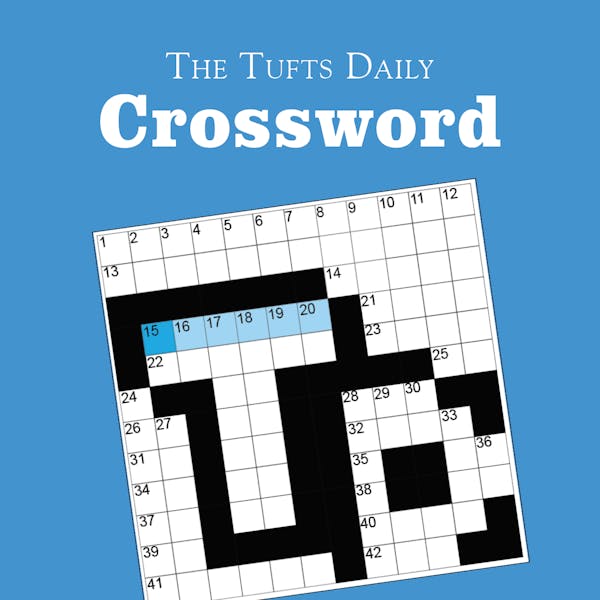The cut-down trees and new sidewalks in the uphill section of campus are just the first of many proposed changes to the campus landscape, but they will not considerably change the overall look and feel from the original landscaping plan.
Dead trees in front of Packard Hall on the academic quad and Miller Hall on the residential quad were cut down. "That one in front of Miller was dead and had a big split in it," Grounds Supervisor John Vik said. "In front of Packard, that [tree] was just about dead as a doornail. It had very very few leaves on it."
When a tree comes down on the Academic Quad at Tufts, it changes a landscape designed by the landscaping firm of Frederick Law Olmsted, who pioneered landscape architecture around the turn of the 20th century. Olmsted designed Central Park in New York City and the famed "Emerald Necklace" of parks around Boston.
Olmsted's son, Frederick Law Olmsted Jr., designed the grounds on the Tufts campus.
Olmsted aimed to create a landscape that was inviting for student use. According to Tuftonia Magazine Olmsted's firm was hired in the 1920s by then-President John A. Cousens to improve the appearance of the campus.
The most noticeable Olmsted additions to the campus included the Memorial Steps and the preservation of the President's Lawn, which Olmsted dictated should remain an unbuilt, tree-covered slope.
"I think they've maintained it very well," Associate Professor of Art History Daniel Abramson said. "On the President's Lawn and Academic Quad in the six years I've been here, there've been no new plantings, no new paths," he said. Abramson also cited the recent restoration of the Memorial Steps as an example of Tufts' recognition of the historical value of its landscaping.
When the University makes changes to the landscaping, it does so within the context of preservation of open space on campus. "There's always an attempt to preserve as much open space as possible," Executive Administrative Dean Wayne Bouchard said. "The challenge for us is preserving that space and at the same time finding creative ways to use the rest of the campus."
The University is expanding on the recommendations of a Master Plan for development first created in the late 1980s. According to Bouchard, the University hopes to have the creation of a new master plan underway by the beginning of next semester. "They're just in the final stages of selecting a consultant who will work with us," Bouchard said.
Bouchard said that the University's concerns include increasing the "residential experience" for both graduate and undergraduate students and bringing more research onto the Medford/Somerville campus, all while preserving open space. "There is a commitment to make this still feel like a green campus, not all concrete and parking lots," he said.
The towns of Medford and Somerville will be included in the master planning efforts. "If our campus is not allowed to expand, which is always a challenge as the community around us is pretty saturated," Bouchard said, "that will put pressure on open space, but it is my sense that the University has been and continues to be committed to preserving as much of that as possible."
Vik said not much will change on the oldest parts of campus, with the exception of some restoration. "We have long term plans to build new sidewalks around the quad. There won't be much reconfiguration of the landscape there," he said. "The curbs are actually parking bumpers used as curbs, and that's really not acceptable. Slowly, we've been digging that up and replacing it with six-by-18 inch granite curb."
Vik said the trees recently cut down will be replaced. "I was noticing in front of Miller that there was a big hole," he said.
Sophomore Erin Miller lives in a room formerly shaded by the tree. "I was trying to take a nap and the chainsaw woke me up," she said. "I hope they put another tree there soon, because without it the area around the [residential] quad looks far too empty."
According to Vik, trees are usually replaced by donations. "When someone wants to donate a tree, that's where we'll put it. Lots of people like to donate trees," he said. "Usually it entails a donation to the University for scholarship," which would extend beyond the cost of the tree itself, Vik added.
More from The Tufts Daily





